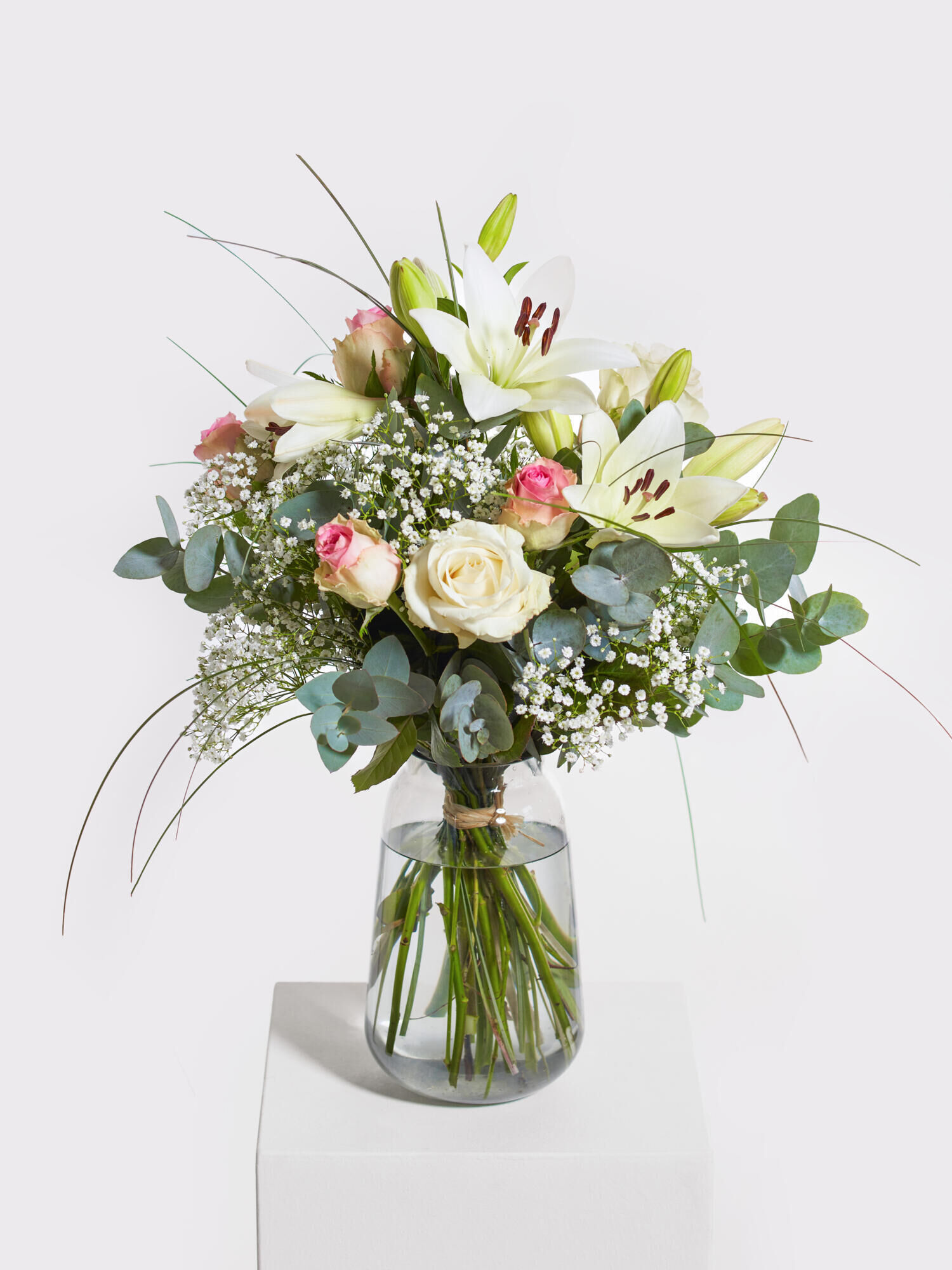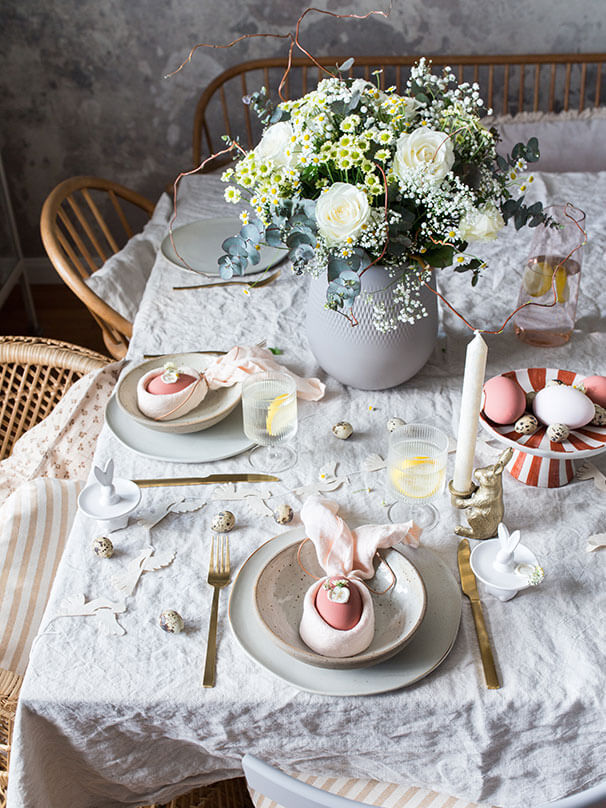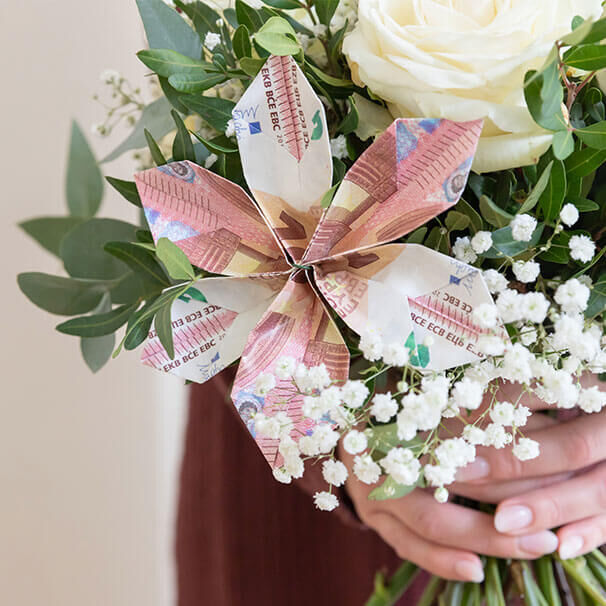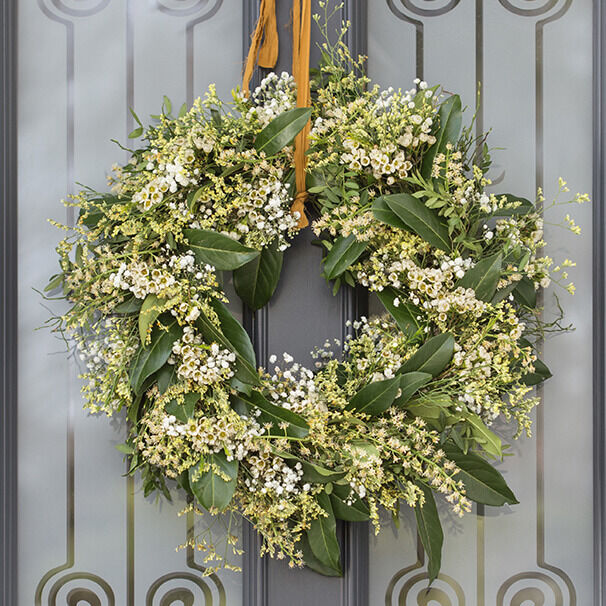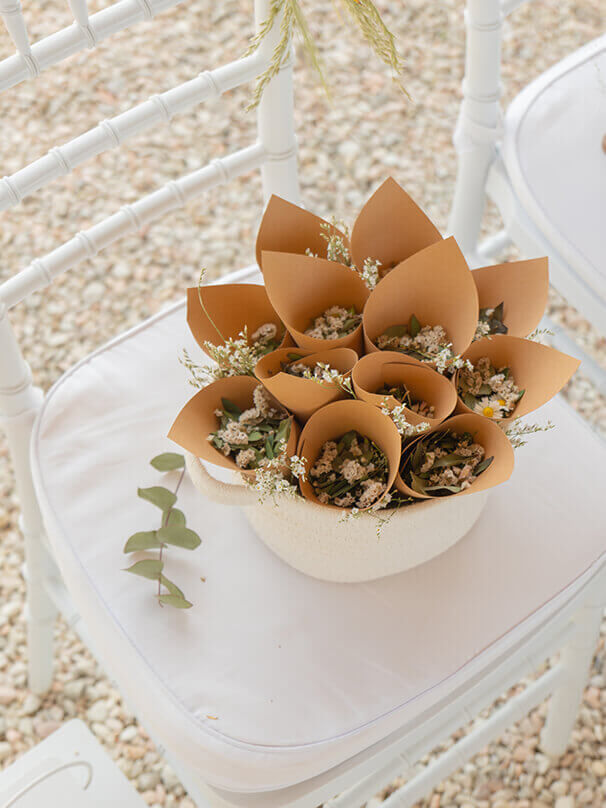Baby's breath – origin & care tips
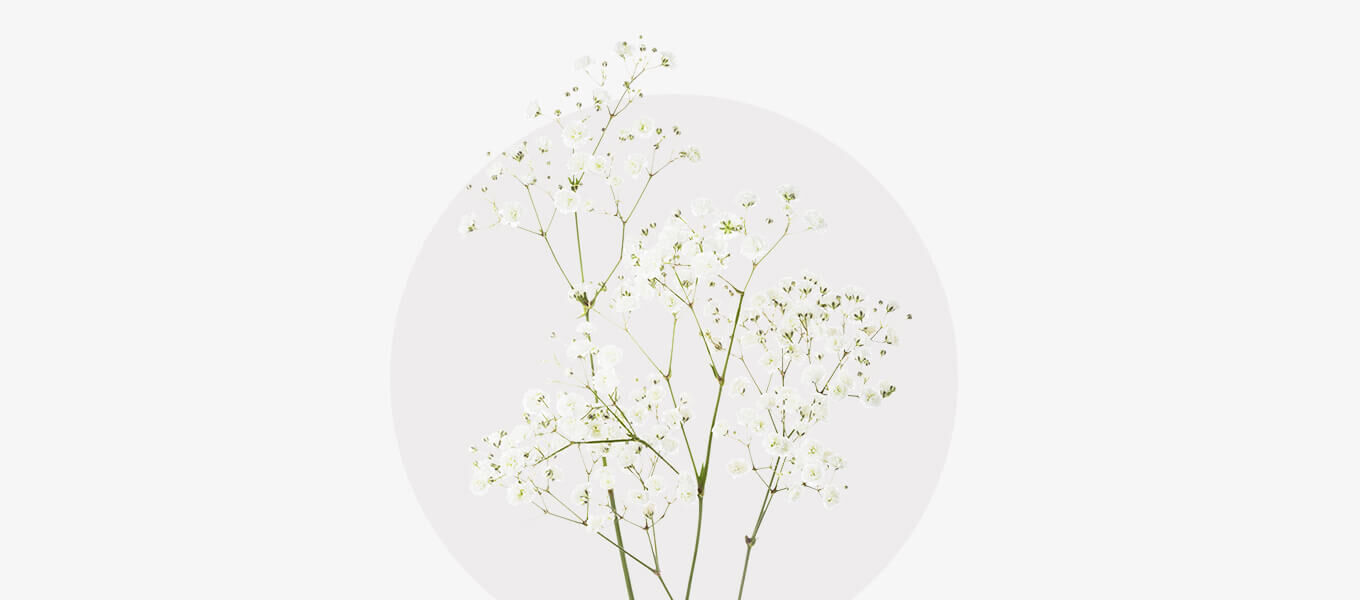
The gypsophila, which is primarily known as a white-flowering perennial, is often seen as an accessory in cut flower bouquets. However, the airy stems of the plant - botanically known as Gypsophila - come from a perennial from the Caryophyllaceae family, the carnation family. The gypsophila is therefore ideal for planting in beds or containers, where it has a high ornamental value. Many white or pink star-shaped flowers develop on delicate stems well into autumn. The gypsophila cuts a particularly fine figure in cottage gardens or rose beds.
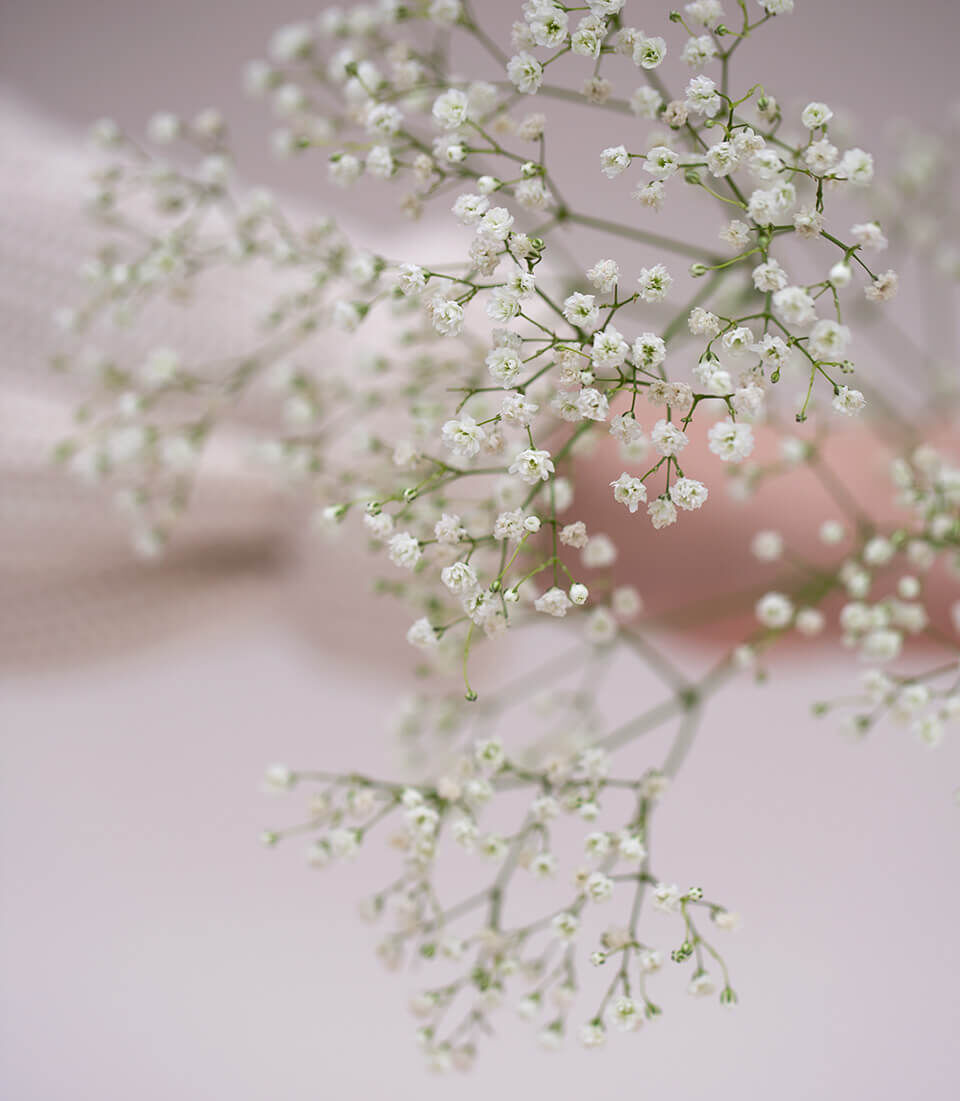
Appearance of the gypsophila
Growth
Gypsophila, known as an accessory in cut flower bouquets, delights with fragrant "clouds of flowers" in white or pink and grows into a rounded perennial about one metre tall.
The creeping gypsophila, on the other hand, tends to grow close to the ground and covers the ground.
As the name suggests, the carpet gypsophila also grows low, around 25 cm above the ground, and delights with its many small flowers.
As the gypsophila grows in a cloudy, tufa-like manner and can cover large areas of the ground, it is also known as gypsophila. Gypsophila is important in rock gardens, gardens on slopes and in sunny locations.
Leaves
The leaves of most gypsophila are small and lanceolate in shape, ranging from blue-green to grey-green.
Flowers
From June to autumn, gypsophila produces small white to pink flowers on its branched stems, which grow in panicles and bloom single to double.














